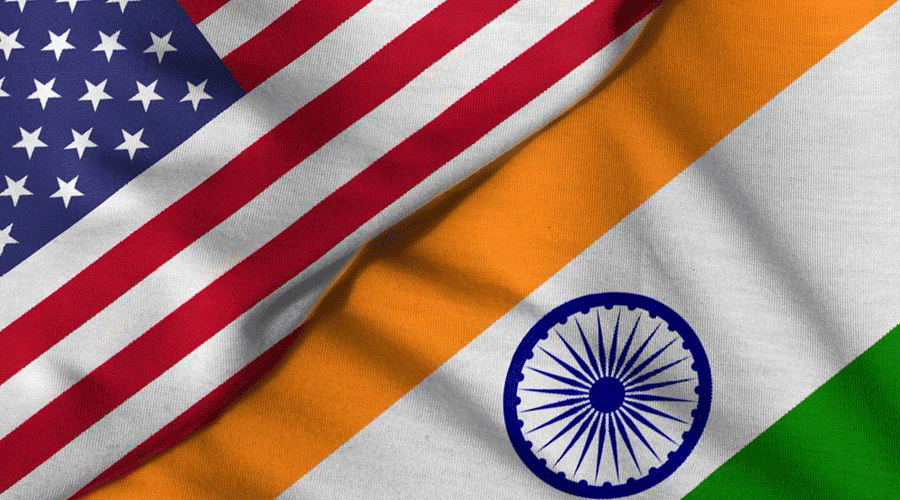Top space officials from India and the United States met here to discuss ways to advance bilateral space cooperation.
“India and the United States are working closely to elevate bilateral space partnership to higher orbits!” India’s Ambassador to US Taranjit Singh Sandhu said in a tweet.
His comments come after he addressed the India-US Civil Space Joint Working Group (CSJWG) along with NASA Administrator Bill Nelson and ISRO Chairman S Somanath at the Foggy Bottom headquarters of the State Department on Tuesday.
The eighth meeting of the CSJWG from January 30-31 was co-chaired by Principal Deputy Assistant Secretary Jennifer R Littlejohn and the National Aeronautics and Space Administration (NASA) Associate Administrator for International and Interagency Relations Karen Feldstein for the United States, and Shantanu Bhatawdekar, Scientific Secretary of the Indian Space Research Organisation (ISRO), for India.
The CSJWG discussions covered collaboration in earth and space science as well as human space exploration, global navigation satellite systems, spaceflight safety and space situational awareness, and policies for commercial space, the State Department said in a media release.
Participants also considered implementation of guidelines and best practices developed by the United Nations Committee on the Peaceful Use of Outer Space (COPUOS) to ensure the long-term sustainability of outer space activities, it said.
Observing that the United States and India have strong bilateral cooperation in space, the State Department said the NASA-ISRO Synthetic Aperture Radar (NISAR) mission planned to launch in 2024, is expected to systematically map the earth, using two different radar frequencies to monitor resources such as water, forests and agriculture.
The mission will provide important earth science data related to ecosystems, earth’s surface, natural hazards, sea level rise and the cryosphere, it said.
Deputy Assistant to the President and Executive Secretary of the National Space Council Chirag Parikh, NASA Administrator Bill Nelson, Department of State Assistant Secretary of State for Oceans and International Environmental and Scientific Affairs Monica Medina and Assistant Secretary of State for the Bureau of South and Central Asian Affairs Donald Lu also spoke on behalf of the United States.
The US delegation included officials from the Department of State, NASA, Department of Homeland Security, Federal Aviation Administration, United States Geological Survey and the National Oceanic and Atmospheric Administration of the Department of Commerce.
S Somanath, Chairman of ISRO, and Ambassador of India to the United States Taranjit Singh Sandhu delivered remarks on behalf of India.
The Indian delegation included representatives from ISRO, Ministry of Environment, Forest and Climate Change, Indian Institute of Astrophysics, Ministry of Earth Sciences and the Ministry of External Affairs.
Except for the headline, this story has not been edited by The Telegraph Online staff and has been published from a syndicated feed.











